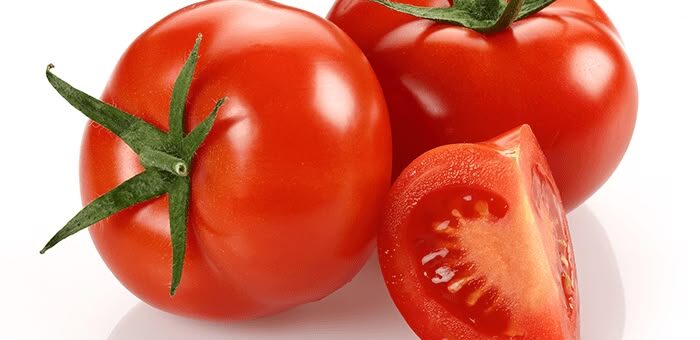What can a $24 tomato teach us about branding, pricing, and customer psychology? In this post, we dive into the $24 tomato marketing strategy made famous by celebrity chef Eyal Shani’s restaurant HaSalon in New York. When a single sliced tomato caused public outrage – and packed the restaurant even more – it became a masterclass in bold positioning and the power of experience-driven marketing.
In July 2019, New York food critic Steve Cuozzo walked into HaSalon, a flashy restaurant owned by Israeli celebrity chef Eyal Shani.
What caught his attention wasn’t the vibe, the music, or the wild dancing in the kitchen. It was the menu.
More specifically: a single sliced tomato priced at $24.
Cuozzo was livid.
“It was tasty, sure,” he wrote in the New York Post, “but far from the best tomato I’ve ever had.”
“It was tasty, sure,” he wrote in the New York Post, “but far from the best tomato I’ve ever had.”
He called the restaurant’s name – HaSalon, meaning “the salon” – a cruel joke:
“Might as well mean, ‘Ha, suckers! The joke’s on us.’”
And yet… reservations didn’t drop. They soared.
So what’s really going on here?
Let’s break down what that tomato teaches us about pricing, perception, and positioning.
1. s it insane – or genius – to charge $24 for a tomato?
Depends who you ask.
Most people think of tomatoes as grocery items.
You grab a few for $3, maybe $4 if they’re organic.
But price isn’t just about cost. It’s about value perception.
In a free market, something is worth exactly what people are willing to pay for it.
At HaSalon, people aren’t just paying for a tomato.
They’re paying for a carefully curated, sensory-rich, highly social experience.
And that leads us to the real insight.
2. You’re not selling a tomato. You’re selling a story.
What HaSalon offers is not food – it’s performance.
Dinner there is a party.
The chefs dance.
The music thumps.
The plating is theatrical.
The whole evening is curated like a night out in Tel Aviv’s wildest scene.
And the tomato?
That’s a prop. A headline. A conversation starter.
It’s not about taste – it’s about status, spectacle, and Instagrammable absurdity.
That tomato tells the world: You were there. You get it. You’re in on the story.
It’s the same principle that drives engaging presentations—like those described in “Motivating Audience Action: Skip the Thank You” – where the speaker doesn’t conclude quietly but ends with a powerful call to action that keeps the audience engaged long after the talk.
3. Did the bad review hurt the business? Not at all.
The opposite happened.
The outrage sparked attention.
More people heard about the infamous tomato.
Curiosity turned into buzz.
And buzz turned into bookings.
Critics might have laughed, but diners lined up to see what the fuss was about. Some came for the food. Others came for the novelty.
But… Everyone came away talking.
It wasn’t a hygiene scandal.
It wasn’t a customer service nightmare.
It was just… an expensive tomato.
And that’s branding gold.
So what’s the takeaway?
If you’re building a product, a business, or a personal brand – consider this:
- People don’t just buy products. They buy identity, story, and the feeling of belonging to something cool.
- Price is a message. Set it with intention.
- Controversy, if managed well, can be your best marketing.
That $24 tomato? It’s not a ripoff. It’s a masterclass in positioning.
The critics mocked it. The customers turned it into a trend.
And that’s the whole point.
The $24 tomato marketing strategy shows that when your offer is outrageous – but purposeful – you’re not just selling a product. You’re selling identity, story, and emotion. Whether you’re in food, fashion, or fintech, pricing can be your loudest message. So don’t ask how little you can charge—ask how bold you can be.






Leave a Reply